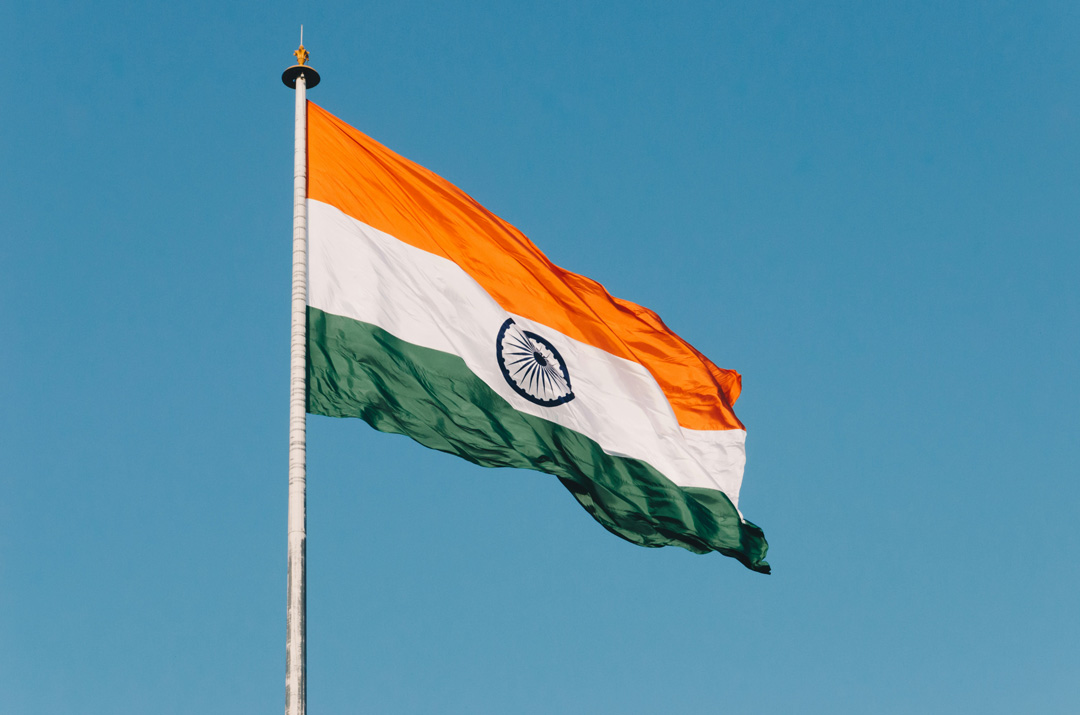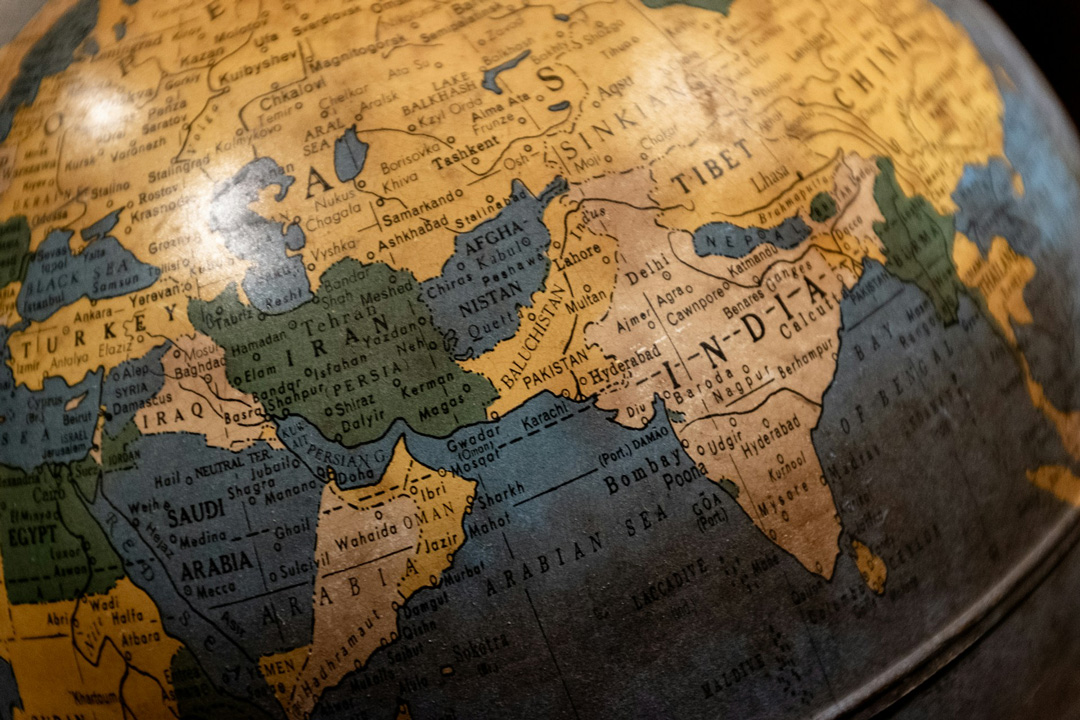If you’re not careful, the production process can turn into a huge stop sign that keeps you from moving forward with your vision. The little details of production are often overlooked by the thrill of running with the ultimate product idea.
But the production process is like a marathon.
Very few brands are able to quickly move through production and come out successful at the end. For most eCommerce brands the production process can take years if it’s not approached properly.
Sprinting to the finish line during a marathon feels like death, unless you’re Eliud Kipchoge.
Since you’re probably not Eliud, it’s better to move through production at a considerate pace. We’ve created a quiz that asks those “hard to hear” but necessary questions to help you find out if you’re truly ready to get started with production.
1. Do you have product specifications?
- For sure! We’re ready to send them out to the manufacturer.
- Let me see, I think I have some stuff jotted down.
Product specifications or “product specs” is the first thing a manufacturer will ask to see before beginning production. Your specs are the blueprint of your product so err on the side of over-communication. If you leave anything open to interpretation the factory will use its own judgement about your product design. Too much room for guessing leads to poorly produced products. The more you clarity you add to your product specs, the easier the production process will be when you finally get started.
ProdPad offers an epic template where you can develop product specs while it holds functional details, files, and discussions.
2. Do you have a pre production prototype?
- Yes.
- Sure, check out my homemade presentation!
A handmade prototype is a great start, but if you’re looking to manufacture a unique custom product you need a pre production prototype. The prototype is the result of turning your idea into the real, tangible product that will eventually hit your buyers’ hands. It enables you to test and refine the functionality of your product before final production. Prototyping is an ongoing process of drawing and finally developing a pre production mold.
TechPacker is a great resource for those of you in the fashion industry. The platform enables you to create drawing cards of your clothing designs and annotate as you continue to improve the design. You can also connect cards so that when you make a change to one card, the connecting cards automatically update as well.
AutoCAD is another software that offers extensive 2D documentation or 3D design where you can create and communicate almost any design with 3D modeling and visualization tools.
Prototype molds serve a different function than a final product. The goal of developing a mold is to optimize the production process. You’ll identify weaknesses in construction, perfect your design, and keep overall costs down. It’s way better to make mistakes and troubleshoot during prototyping then move to production with uncertainty.
The benefits of prototype molds also impact your sales and marketing. Napkin sketches are great, but when the time comes to actually show your concept to investors or customers, a 3D prototype will do the best at illustrating what you’re trying to sell. Investing in your concept from the beginning will make a huge difference to those who believe in you and your idea. A prototype represents the hours, months, or years of refining your product. It shows the investment made on your part which will motivate others to invest too.
Prototype molds are the phased approach to building your production mold. It’s risky to produce production molds before the design is fully proven in development. A small change could turn thousands of dollars worth of molds into the big stop sign that keeps you from growing your business. At the point when you’re ready to make a production mold, it’s usually best to outright buy your mold so you have full ownership. If you don’t pay for your mold factories can use it for your competitors. An alternative to paying a high mold cost upfront is to negotiate with your manufacturer to pay a little more per product unit to cover the mold cost.
3. Are you confident that your product is relevant?
- We’ve tested our prototype with a few potential customers (not friends) and they loved it.
- Relevant? I mean I would buy it.
You’re still in the development stage of your product if you didn’t check the first box. R&D of your product design will give you huge insight into the potential success or failure of your product once it hits the market. If you’ve engaged in serious product research, you’ll feel confident in your product’s capability of winning trust and building credibility in the market.
R&D shouldn’t be quantified. If you’re not investing in your product before it hits the market, why should you expect buyers to? Hush Blankets is an awesome example of a company that spent years on developing the final design of their product & in return have a premium product that buyers rave about. Getting customer feedback on your own product as well as looking at feedback on competing products is a great way to determine the relevancy of your product.
4. Does your product meet its use case?
- Yes, the features that I am advertising for my proposed use case consistently work.
- I’ve received some mixed feedback.
There’s a big difference between a viable product and a product that is ready for production. Let’s say you’re producing a watch that is water resistant. Unless the prototype of your watch does what you’re promoting–resists water– the watch only meets the minimum requirements to be identified as a watch. It has no selling value. Production is determined on the ability of your product to meet the requirements of the use case. You will know whether or not your product has a use case if you have developed a pre production prototype and have committed to research and development.
5. What is the size of your desired production run? Does it meet the factory’s requirements?
- Yes. We want to produce a few hundred units.
- We’re not sure how many units we want to produce yet, we’re waiting on quotes.
You still have homework if you’re throwing up ballpark numbers for your production run. Be aware of your product’s forecasted sales cycle. The cost per unit will decrease as you increase your production run, but if you’re only selling a few hundred units per month you shouldn’t be producing 10,000 units. Timing is everything and production can seriously slow down your business growth if you don’t consider the different dynamics.
Lume Cube is the leader in portable lights for photo and video devices but had to hurdle over huge manufacturing obstacles when they first started production. The brand’s new lights are still in production one full year passed the original planned delivery date. Minimize technical challenges in production by understanding production speed of your manufacturer and the intricacy of your product.
6. Do you know how much you’re going to pay for freight?
- Yes, I found a great rate if I decide to manufacture overseas.
- No, I want to find the best way to compare shipping costs.
Our partners at Freightos and Flexport offer a transparent service for you to compare different freight costs from anywhere in the world. It’s typically cheaper to ship products via ocean but if you’re wanting to increase freight forwarding speed this isn’t best choice. There are lots of different freight forwarding options to consider. You need to figure out how fast you want your products and how much you’re willing to spend to get them.
7. Do you know your duty fees?
- Yes, I calculated the duty tax on my product if I manufacture in Asia.
- No, but I’m fearful to transport products from China now with the new tariffs.
If you’re manufacturing your products overseas, you will most likely have to pay a duty tax to transport them. Duties are calculated as a percentage of the FOB value of the shipment (item + insurance + shipping) or it can be a non-ad valorem charge meaning that you will need to pay a charge based on other criteria like rate per unit of weight or volume.
In order to make this calculation as seamless as possible, use the duty calculator from SimplyDuty. This is also a great resource to compare import duty and taxes from hundreds of different destinations as you begin your search for a manufacturer. Keep in mind that these charges will cut away at your profit margin.
When it comes to the current trade war with China, $34 billion in goods are affected by the new Chinese tariffs. But this statistic shouldn’t turn you off from sourcing overseas. Instead see it as a greater incentive to expand your supply chain to other parts of Asia especially since it can be more affordable for the same high quality.
8. Do you know your net profit per unit?
- Yes.
- No, I don’t know how to calculate it.
If you don’t know your costs on a per unit basis, you shouldn’t be considering production. It’s important to know how much your product will cost to produce, ship, and be taxed in addition to the cost per acquisition (CPA). After you have these numbers, plug and chug into the profit margin calculator that Sourcify developed to make it easy to identify expected profit from future sales. If your margin is relatively low, you should be working hard to find a low cost manufacturer. If your margin is still low, you may need to reconsider the value of your product.
9. Have you found a manufacturer?
- I found a manufacturer that can produce my product at the highest quality but at a high cost.
- I found a manufacturer that can produce my product for a really low cost but it’s not the quality I envisioned.
Do you feel like both answers are wrong? That’s because they are. Our team at Sourcify pre vetts factories so you don’t have to make any sacrifices. It’s possible to produce high quality products for low costs, especially if you’re considering sourcing your product abroad. Often businesses end up paying more to produce their product because they can’t cut out the middlemen. Sourcify has helped many brands save money by connecting them to the direct sources.
You Made it to the Finish Line
You’ve completed the quiz, how do you feel? Feel free to grab some water, you’ll want to stay alert for the production road ahead! Now you have the resources to enter the process and be successful. Maybe you can’t run a marathon but you can create a 6 figure eCommerce company if you take these important pre production steps. Get going!




